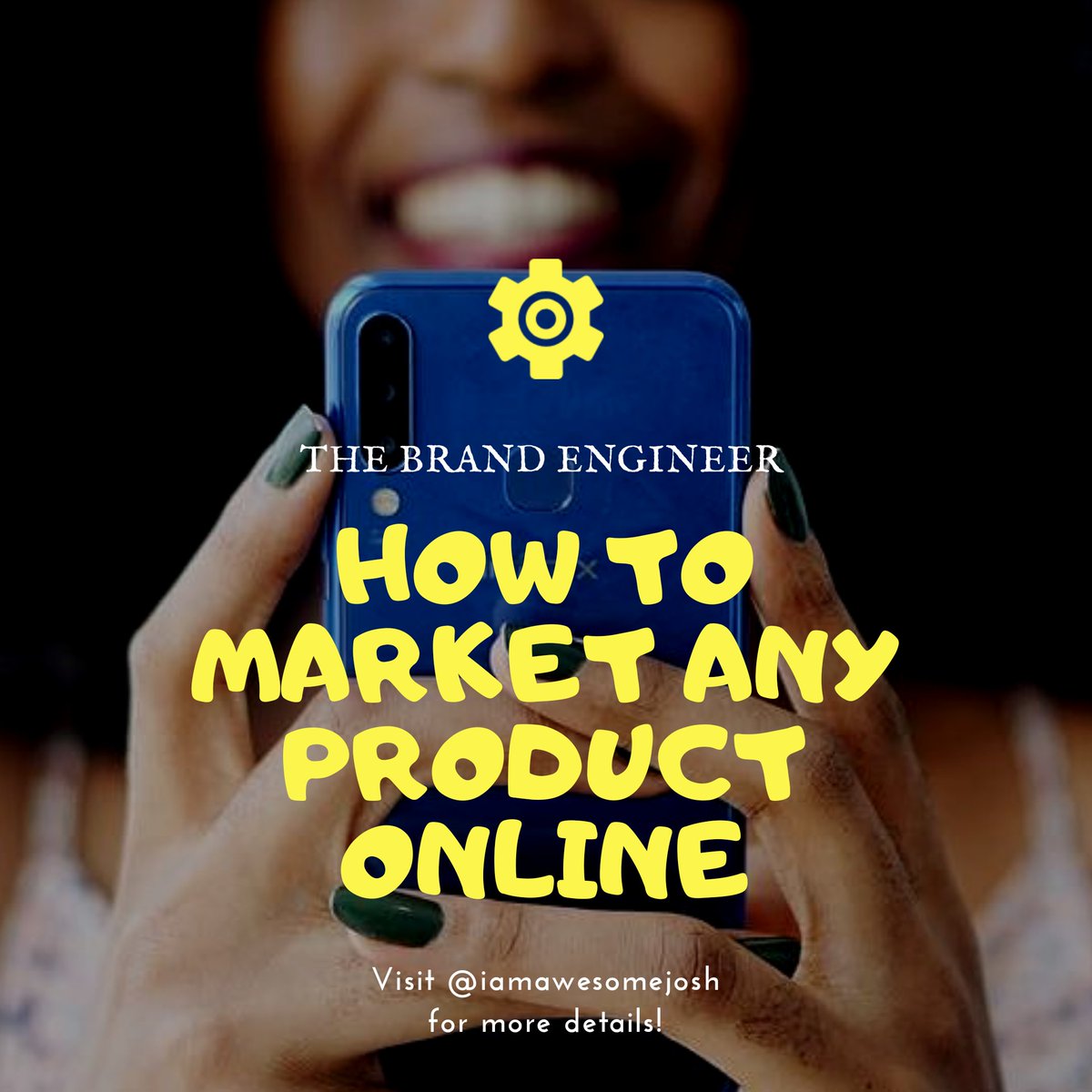@Superhuman is fascinating. The product is operating on two levels: The product itself but beneath it all is a full-blown game.
Let's start with the product for context.
Seems like it won't scale, but you move slower short-term while eliminating churn due to frustration/lack-of-value. Make it up long-term
Especially when team is small, avoids filling product/support pipeline with complaints and feature requests that derail from singular product focus
Gives the team time to deal with early customer gripes that next-stage customers may not be willing to endure.
I don't know @rahulvohra, but listening to a few podcasts I get the sense he is very intentional. He briefly mentioned his background in game design in a podcast, and once I started looking I can't unsee it.
Email as a medium takes care of resetting the game at a variable rate (incoming msgs) and variable decisions (each msg is different).
This frames the goal of the game (inbox zero) for all users (players). Makes an unstructured activity structured and purposeful.
Additionally acts as the first level in many games: a safe place to learn how to play and to try out the moves.
Without this (and keyboard shortcuts), users can't achieve flow needed to get lost in the experience (game).
Action: Delete/reply/snooze, must decide immediately
Feedback: email (stress) disappears. Inbox zero (accomplishment)
Next incoming message restarts the game.
You are the main character in the game, and the game's goal is to make you feel like you have powers that make you Superhuman.
This in-and-of itself is an appeal to emotions and making the user feel something.
Emotions inherent to product encourage users to share success publicly, creating an endless word-of-mouth cycle
@patrick_oshag did an amazing job summarizing The Luxury Strategy so I will just reference a few of his tweets within the context of this thread:
Read this investment announcement from @davidu looking for all of the references to emotions and experience.
a16z.com/2019/06/27/sup…
Designing products around emotions is a good thing. Would love to see more products focus on emotions and delivering 360 experiences over product features.



